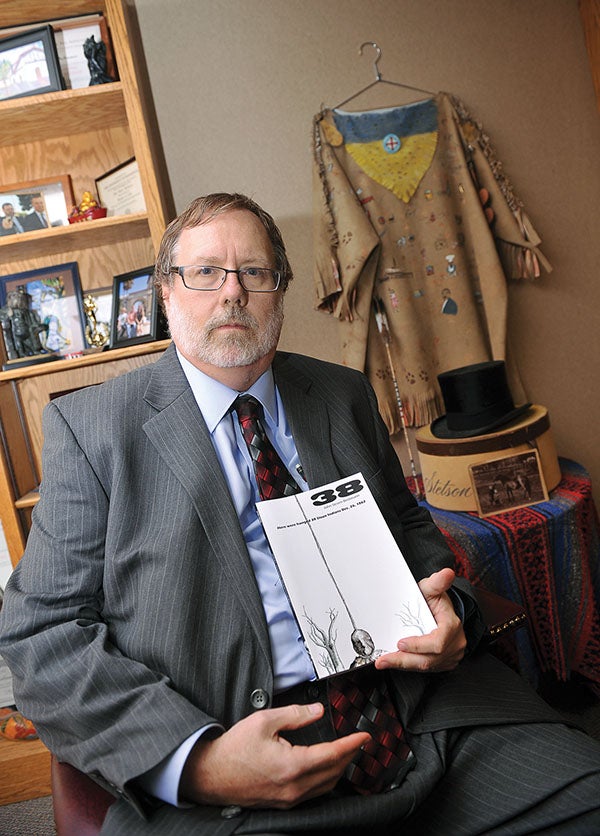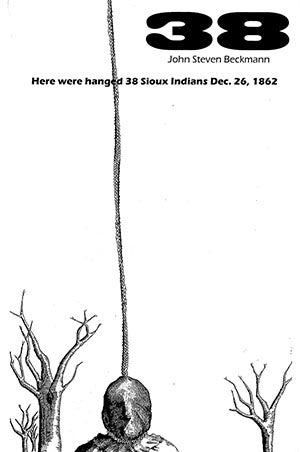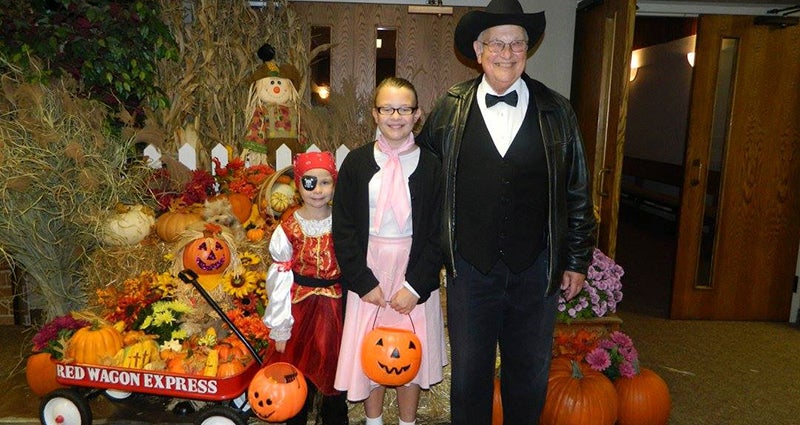Graphic history as fiction
Published 10:37 am Wednesday, July 18, 2012

Hoversten, Johnson, Beckmann and Hovey, LLP attorney John Beckmann recently released a book, called “38,” about the Dakota Conflict. -- Eric Johnson/photodesk@austindailyherald.com
Austin lawyer’s illustrated book explores executed Sioux’s point of view 150 years later
Click here for an interview with Beckmann
Three years ago, Austin resident and lawyer John Beckmann wrote what would end up becoming his first book. Only, at that time, he didn’t have any idea it would be published.
“I just wrote it and didn’t do anything with it,” he said.
What pushed Beckmann toward publishing was the approach of a special date: the 150th anniversary of the Sioux Uprising. The occasion made his writing, 39 vignettes about Sioux Native Americans, more relevant than ever.
Back in 1862, Beckmann said, the Lakota performed a series of massacres along the frontier where many settlers lost their lives. In response, the army marched down from St. Paul. It defeated the Lakota tribe and took people who had been involved in warlike activities and led them to a concentration camp at Fort Snelling.
A total of 39 people were sentenced to be hanged on Dec. 26, 1862, as part of a mass execution, though one was pardoned at the last moment. Beckmann’s book takes the perspective of each member of this group.
“You get their justifications, what motivated them to act as they did,” he said. “In some cases they narrate events in a way that is inconsistent with one another.”
He dug through transcripts and trial information from the event, including personal testimonies, as part of his background research. But while the book contains an introductory essay which is nonfiction, the stories are Beckmann’s own creation.
“It is a work of fiction,” he said. “It’s not intended to be a historical account.”
Each narration is a page long, and, thanks to the artistic work of Beckmann’s nephew, has a picture to go with it.
“If he hadn’t made the illustrations, we probably wouldn’t have done this,” Beckmann said.
Beckmann’s nephew, named John Frederick Beckmann, said the project was a new concept for him.
“I make art that you could see in a tattoo parlor,” he said. His works includes a lot of monsters, and typically takes the form of wood cuts or intaglio, a method of etching or engraving. In contrast to the time-intensive pieces he was accustomed to doing, he only spent an hour or so on each drawing. This gave the work a more impressionistic, sketchy appearance.
But despite approaching a different medium, he felt right at home with the subject matter.
“The themes of the book fit in with what I normally do,” the nephew said. “The stories are a little bit more gritty.”
Beckmann agreed, saying the artwork was “quite ghastly,” and reminiscent in some ways of extensive 19th century panoramas that people used to view in groups before the advent of cinema. A person would narrate the story shown on a giant, unrolling scroll.
“There is a very interesting history of the Great Sioux Uprising being illustrated by artists,” he said. “That’s how these things were presented. A graphic, frame-by-frame form.”
Beckmann’s nephew said the idea for the book grew out of all the writings his uncle had done over the years.
“He wanted me to build him a website,” his nephew said. The website, prairieuprising.com, came about and now hosts Beckmann’s writings, but the pair realized that the material in “38” could be a perfect way for Beckmann’s nephew to start a project of his own: publishing under the name Stampede Press.
“I had started this as a way to not only publish this book, but also publish more books in the future,” he said. Among other works, he hopes to get a graphic novel he wrote into print.
Beckmann’s interest in the Sioux Uprising has spanned his entire life.
“I’ve always thought it was fascinating, underreported,” Beckmann said.
His family moved to Minnesota around 1962, at the centennial of the uprising, when he was about 8 years old. In the years that followed, he gradually explored the various monuments marking the conflict in New Ulm, Mankato and Montevideo and cultivated his interest in the history surrounding the events.
“It was very vivid to me to see those monuments,” Beckmann said. He visited the sites of the battles and even found references to casualties on grave stones in the west and south-central parts of the state.
Apart form the 150th anniversary of the Sioux Uprising, he said the events of that time have historical similarities to today. He pointed to military tribunals at Guantanamo Bay.
“We’re kind of in the middle of a historical moment where some of this stuff sounds familiar,” he said.
While originally from Eden Prairie, Beckmann has lived in Austin since 1979, where he practices law with Hoversten Johnson Beckmann & Hovey LLP. On Aug. 11, he will host an event in Minneapolis to promote the book. He hopes to schedule a book signing in Austin for a later date. He keeps other works of his available for reading at his website.





